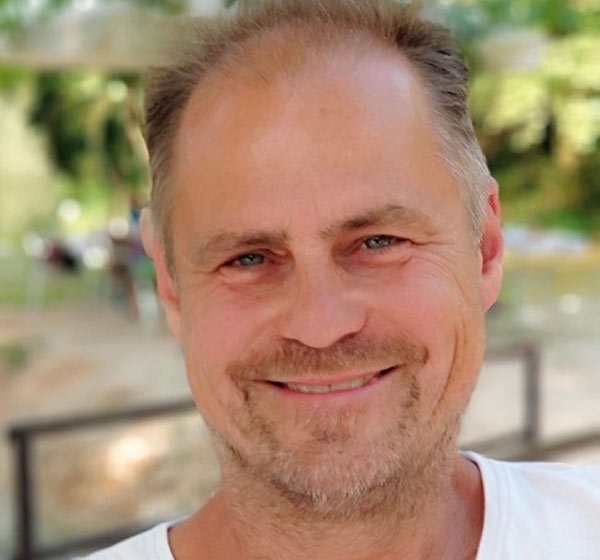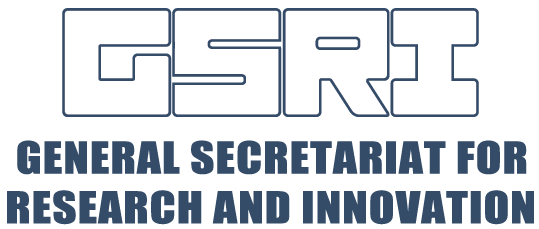Frank Fackelmayer
Group Leader of BRI-FORTH, Principal Researcher
Our group is interested in epigenetics and the functional architecture of the eukaryotic cell nucleus, and their role in human development, health and disease. It is generally accepted that chromatin is organized in topologically associated loop domains that are formed and maintained to provide the intricate infrastructure needed to properly regulate gene expression and DNA replication. We study how this high-level organization of chromatin is regulated by architectural proteins of the cell nucleus and their epigenetic modifications. One focus of our research is the Scaffold Attachment Factor A (SAF-A), an essential component of the nuclear scaffold/matrix that is involved in folding chromatin to functionally independent units of gene expression. Importantly, SAF-A also associates with PRMT1, a member of the epigenetic family of protein arginine methyltransferases, and apparently recruits the enzyme to strategically important regions of the genome to contribute to the epigenetic regulation of the local gene accessibility and activity.

Image: SAF-A is essential for the functional architecture of the cell nucleus. Left panels show that full length wildtype SAF-A and bulk chromatin co-localize in the nucleus, while the right panels show how a dominant negative construct of SAF-A, called C280, leads to a global collapse of chromatin structure. Each panel shows one transfected cell and no-transfected neighboring cells for control. Note how C280 and collapsed chromatin are mutually exclusive.
Our ongoing research has the following aims:
* understand how SAF-A affects gene expression through regulation of chromatin folding
* establish live-cell methods to study the connection of nuclear structure and cell physiology
* delineate cellular pathways directly and indirectly affected by SAF-A
* decipher the functional consequences of this regulation on cell physiology and differentiation
* elucidate how arginine methylation by PRMTs is involved in regulating chromatin organization
Taken together, the ongoing studies will shed light on fundamental aspects of nuclear architecture, and will lead the way to harnessing this new knowledge for the rational design of novel applications in medicine.







